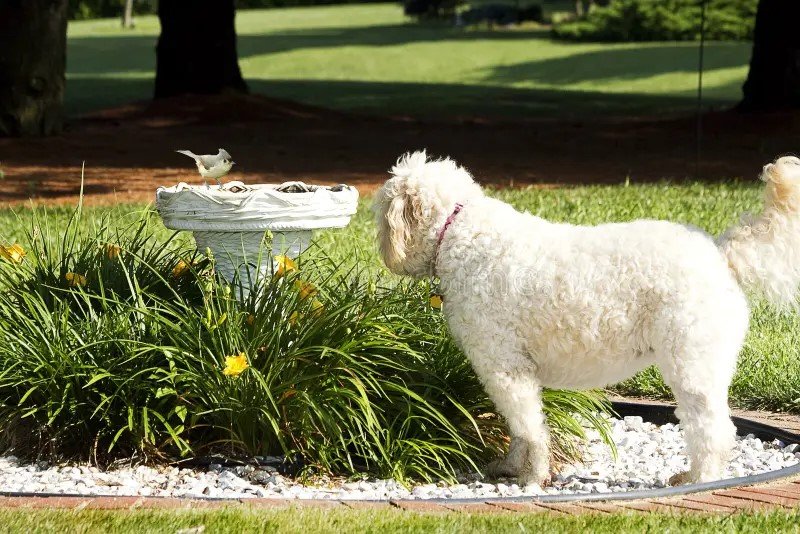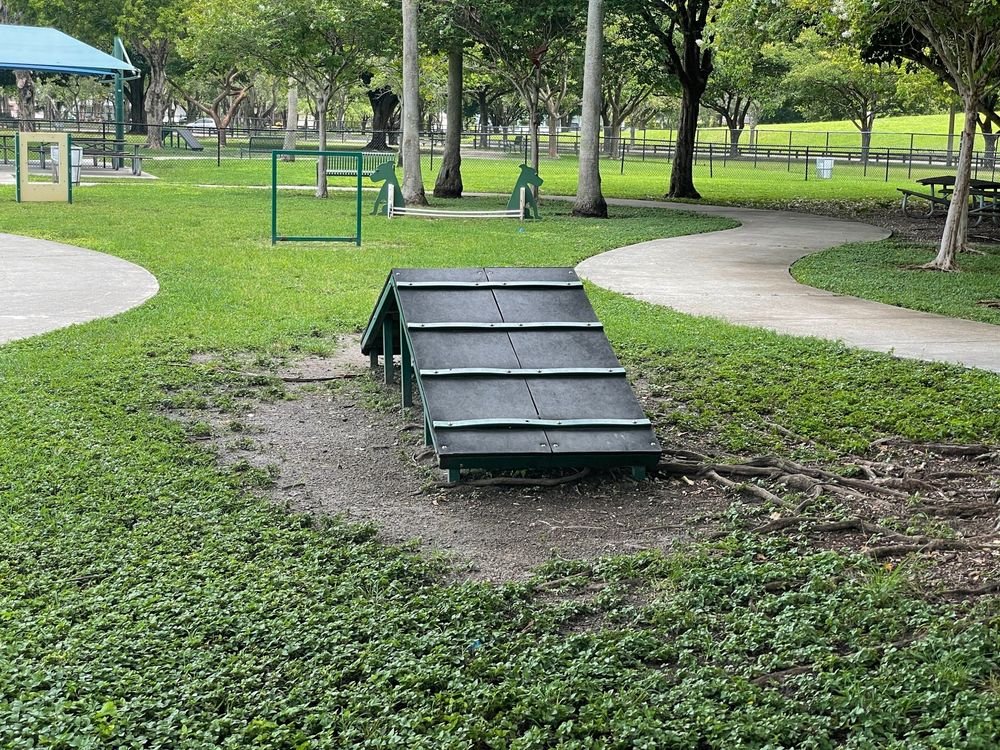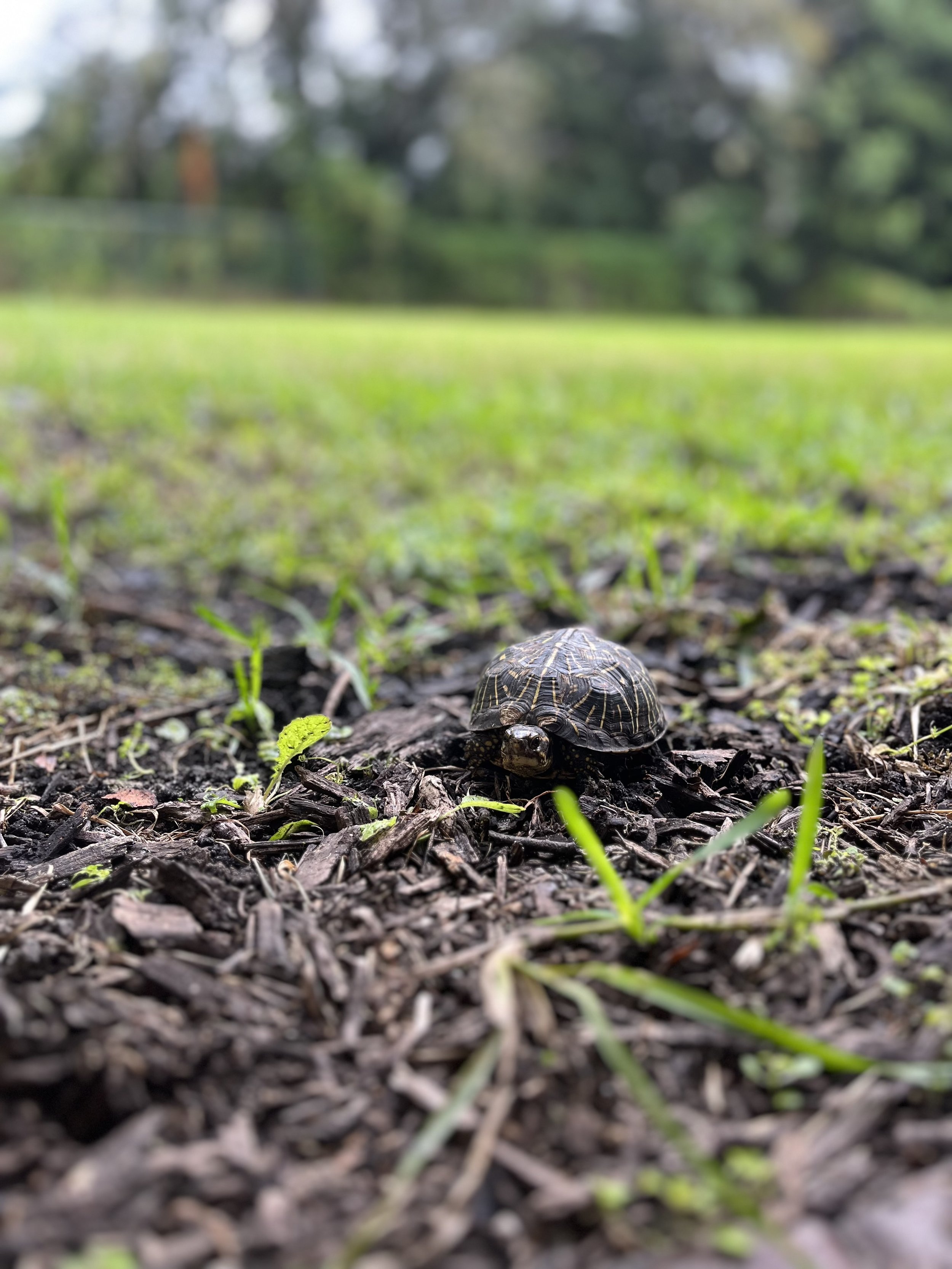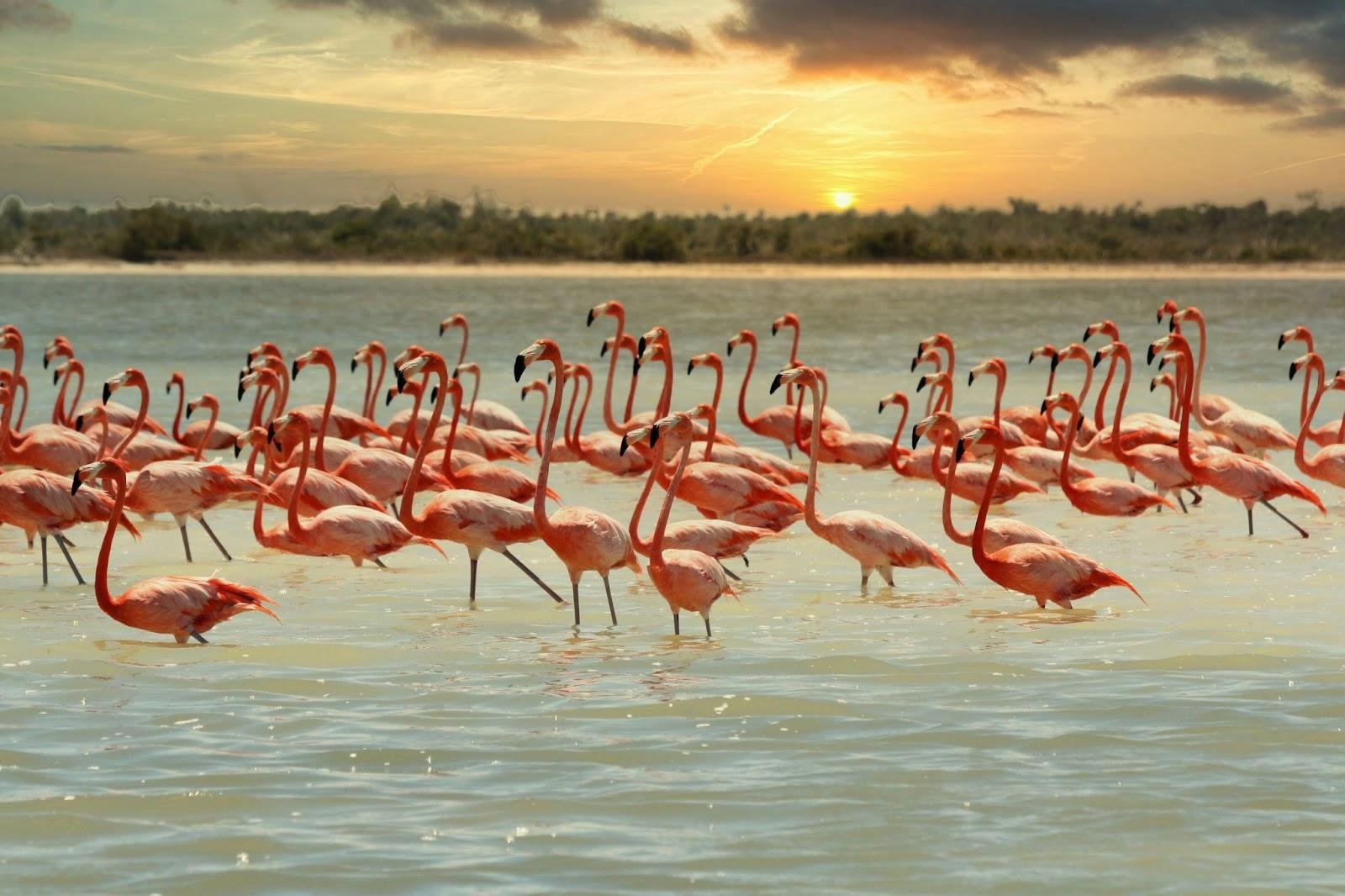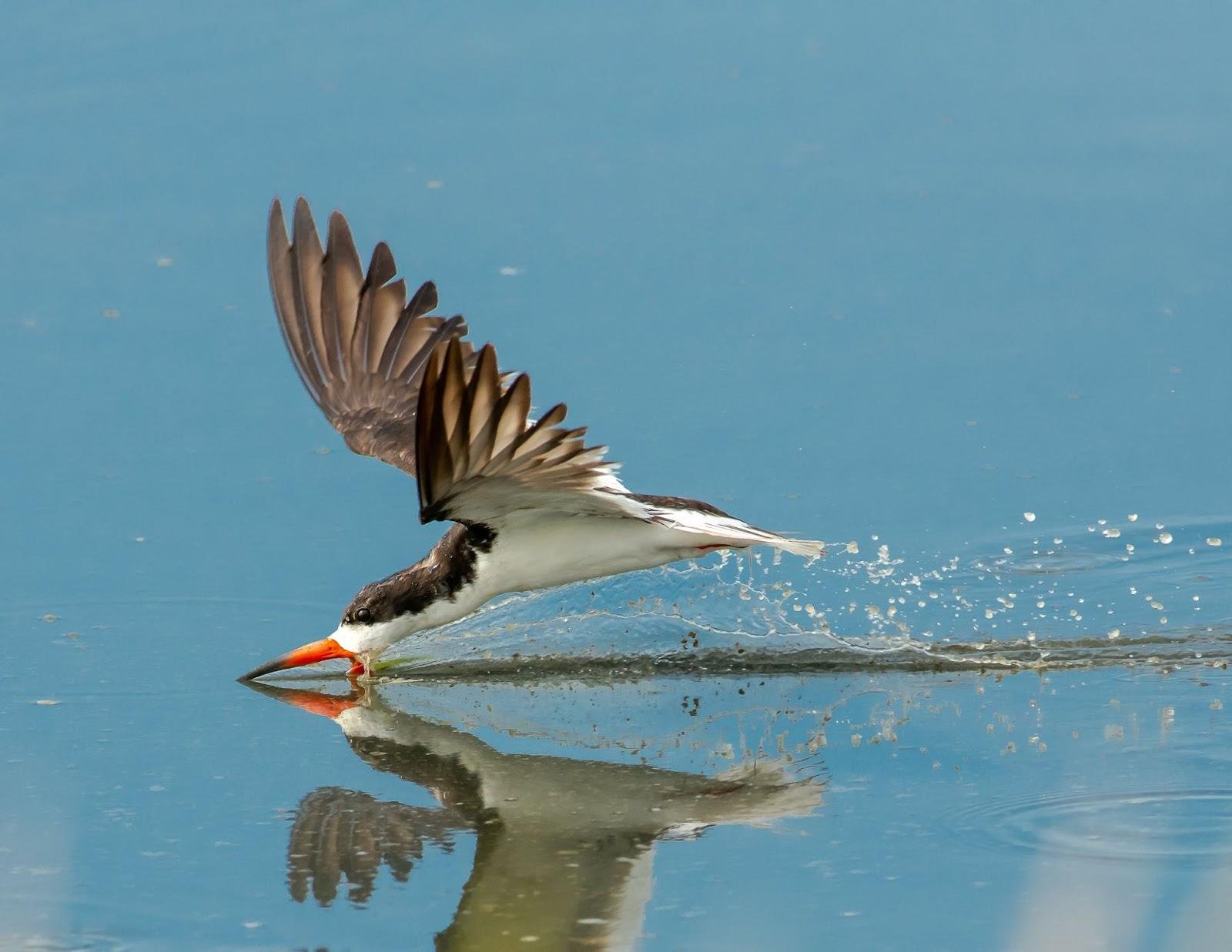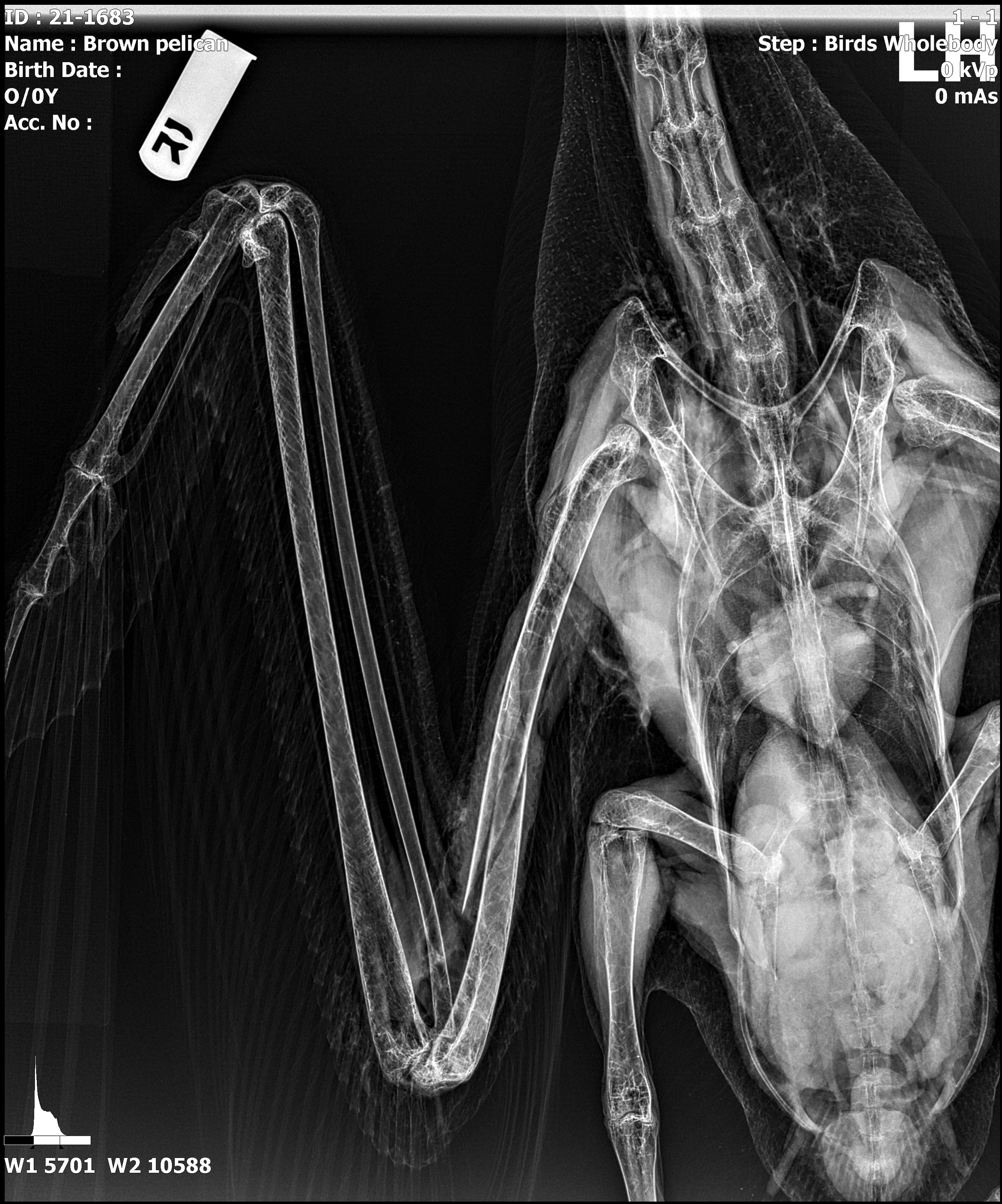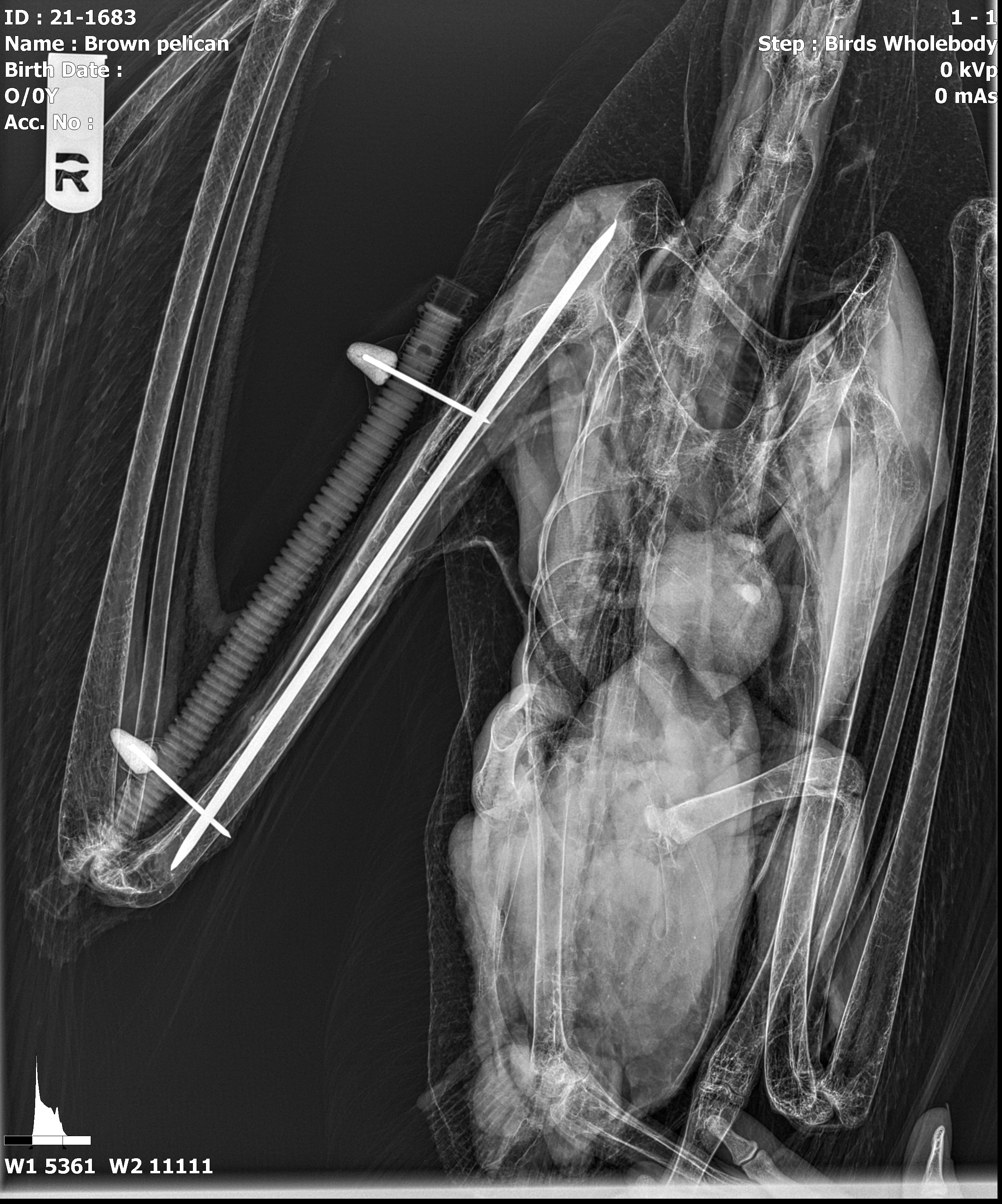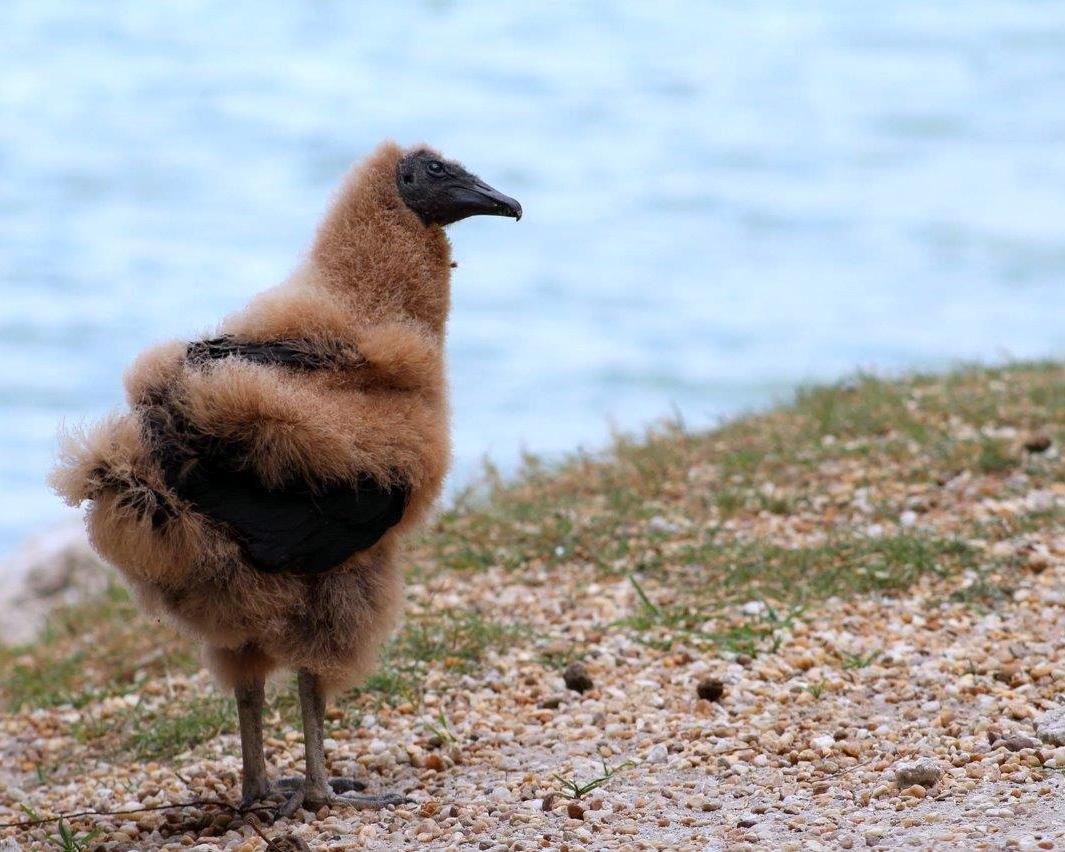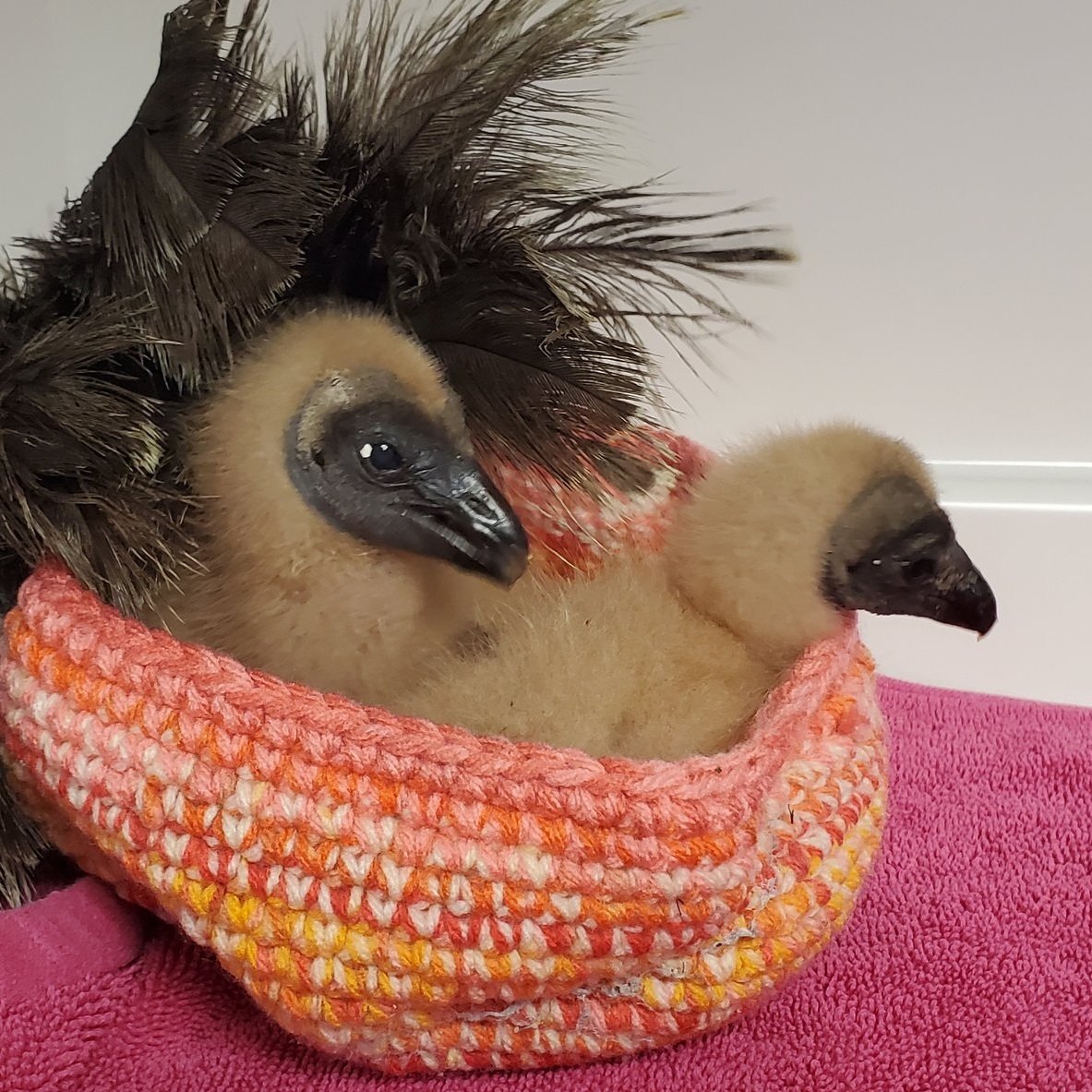Written by: Meredith Molinari, Wildlife Intern
With the weather in Miami finally cooling down a bit, it’s a great time to enjoy some outdoor fun with your furry family member. Picture this. You and your pup are having fun playing fetch in the park when suddenly, they spot something more interesting than that tennis ball. They dart away from you, and before you can yell stop, they have a small feathery or furry creature in their mouth. Oh-no!
In my time as an intern with Pelican Harbor Seabird Station, I have seen numerous opossums and birds come in with wounds resulting from a dog attack. It is not the dog’s fault. Although they are domesticated animals, they still have wild instincts. As we are lucky enough to be surrounded by amazing wildlife here in South Florida, it is our job as dog owners to keep both our pets and our native wildlife safe.
As the owner of three dogs, I know how necessary it is for dogs to get outside and run off some energy. It is important for both their physical and mental health. Since not everyone has access to a fenced-in backyard, local parks are a great option.
Here are some easy safety tips to follow when taking your dog to the park:
Always check park regulations. Many county parks in Miami-Dade do not allow dogs. While this might be annoying to dog owners. It is often for the benefit of the surrounding wildlife. Dogs can easily disturb ground nesting sites. The presence of dogs can cause serious anxiety in prey animals and disrupt their breeding and migratory behavior.
If dogs are allowed in the park, follow posted leash laws. Always keep your dog on-leash. No matter how good you believe your dog’s recall is, instinctive behavior is hard to break when their prey drive is heightened. A leash of no more than 6 feet in length is best. This gives the dog space to walk while keeping them close enough, should you need to remove them from an area quickly. Carry high-reward treats in your pocket or bag while leash-walking in the park. This way you can redirect your dog’s attention if they focus on a smaller prey animal.
The best park option is a dog-friendly park or off-leash “Bark Park.” These parks are specifically designed with dogs in mind. They are placed in park locations away from wild areas limiting interaction with the native species. You can find links to dog-friendly parks at the end of this post.
What about at home? Wildlife often appears in our own backyard. These tips ensure your dog, and our native wildlife can peacefully coexist.
Never leave food outside unattended. Especially overnight. Until I began interning at Pelican Harbor, I had no idea what a tasty treat pet food is to opossums. They absolutely love it. By leaving food out during the day for your dog to munch on, you might be unintentionally inviting opossums into your yard after dark. Always dispose of uneaten pet food in trash cans with secure lids.
Think carefully about where to place your birdbath and feeders. I love having a bird feeder in my yard where I can admire the Blue Jays, Mourning Doves, and Northern Cardinals that stop by and visit. Position your bird feeder in an area of the yard that your dog cannot easily reach. Remember, squirrels love bird feeders too, and can be easy prey for dogs. Keep the area below the feeder clean. Do not allow your dog to ingest bird seed or bird droppings that accumulate below the feeder, as they may contain bacteria that will make your dog sick.
Make sure your dog is up to date on all their vaccinations. This is the best preventative step you can take for your dog’s health.
Even if you follow all these precautions, accidents can happen. If your dog attacks native wildlife, Pelican Harbor Seabird Station is here to help. They have multiple resources on their website for your benefit. Start with their page: “what to do if you found an injured animal”
Play safe outdoors and take your pup to a dog-friendly park or off-leash Bark Park! My favorite is at Tropical Park. It has two separate areas for large and small breed dogs. Hopefully, my energetic goldendoodle and I will see you and your furry bestie there some Saturday morning.
Check out: Dog Friendly parks in Miami-Dade County.





